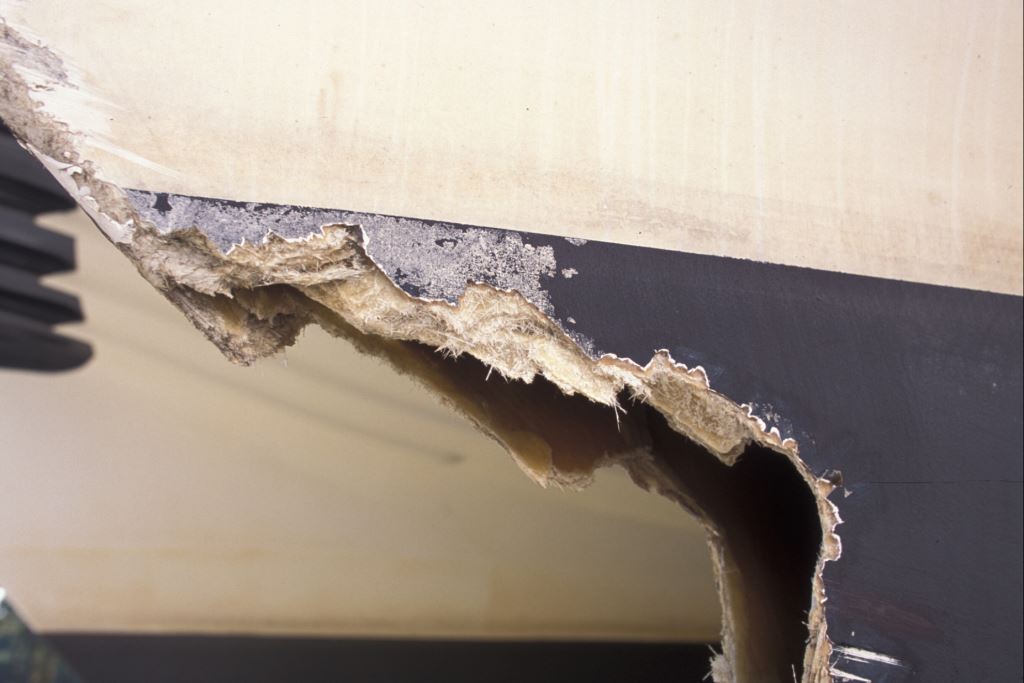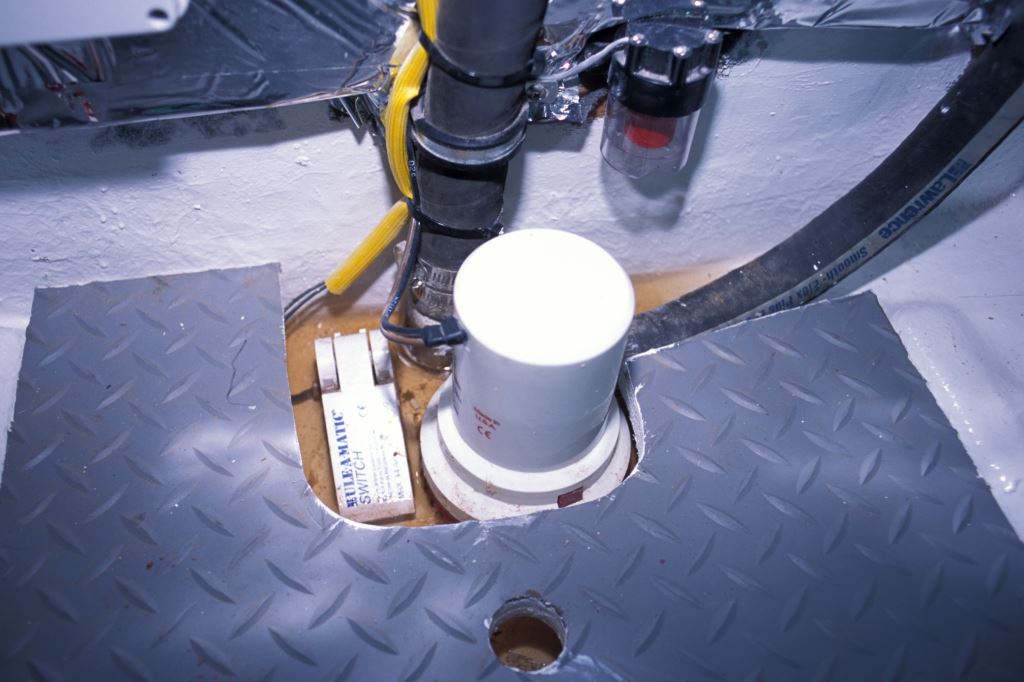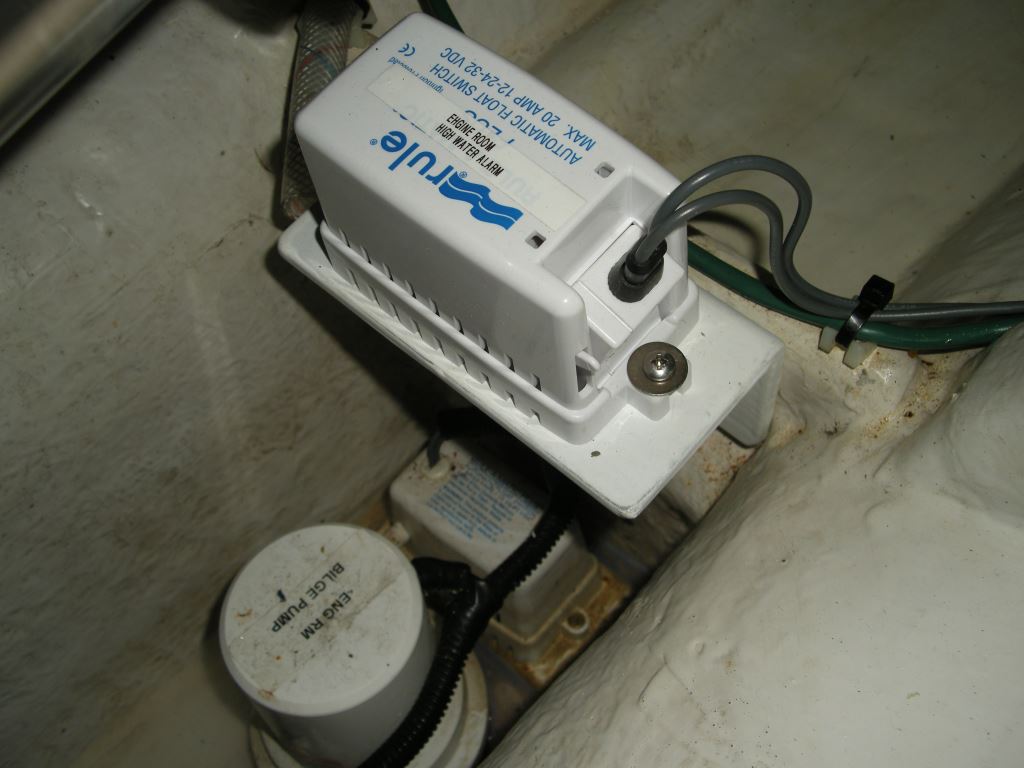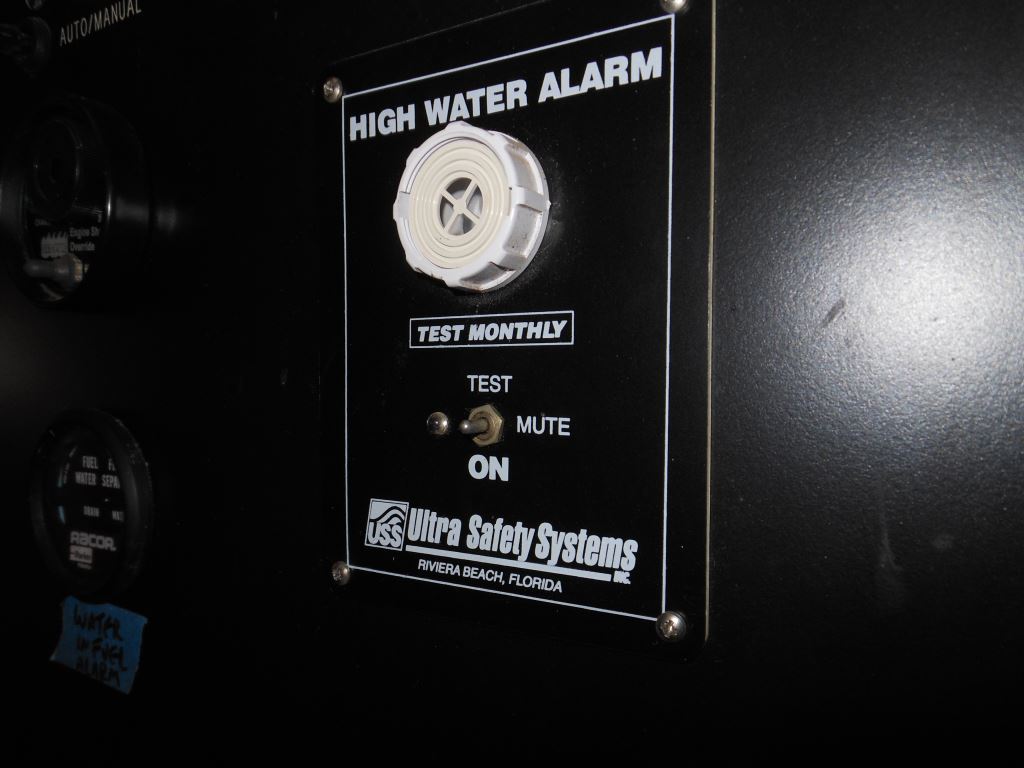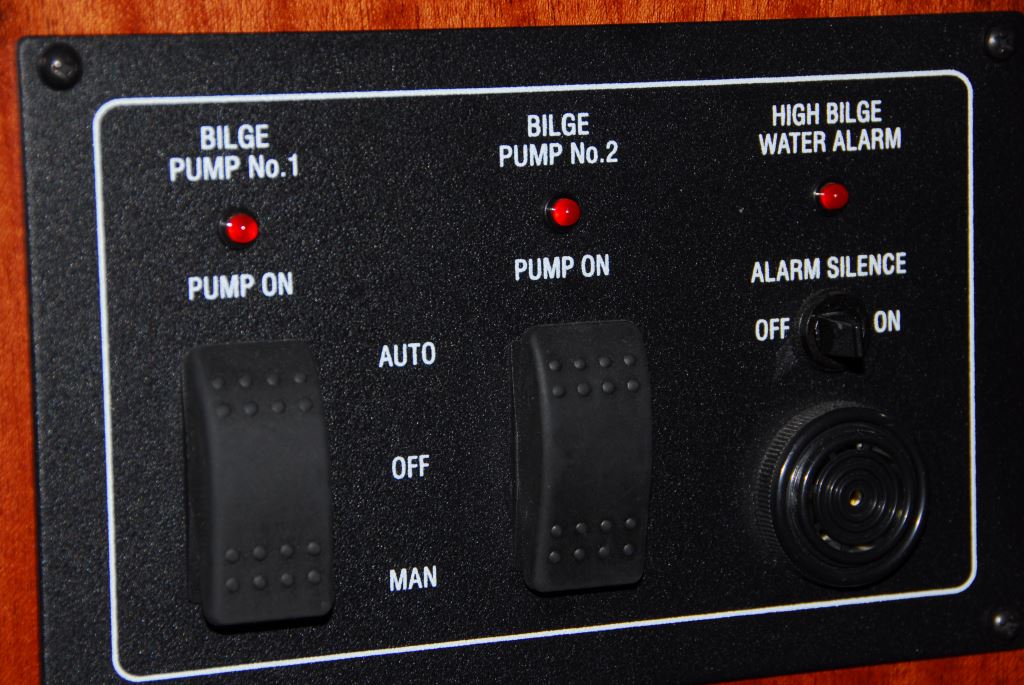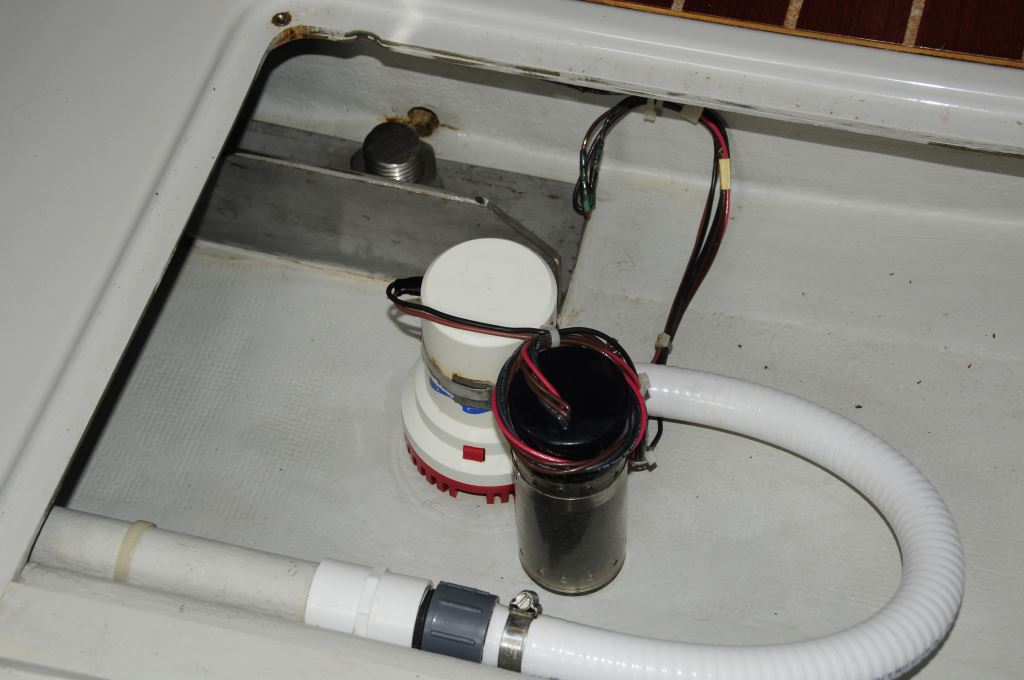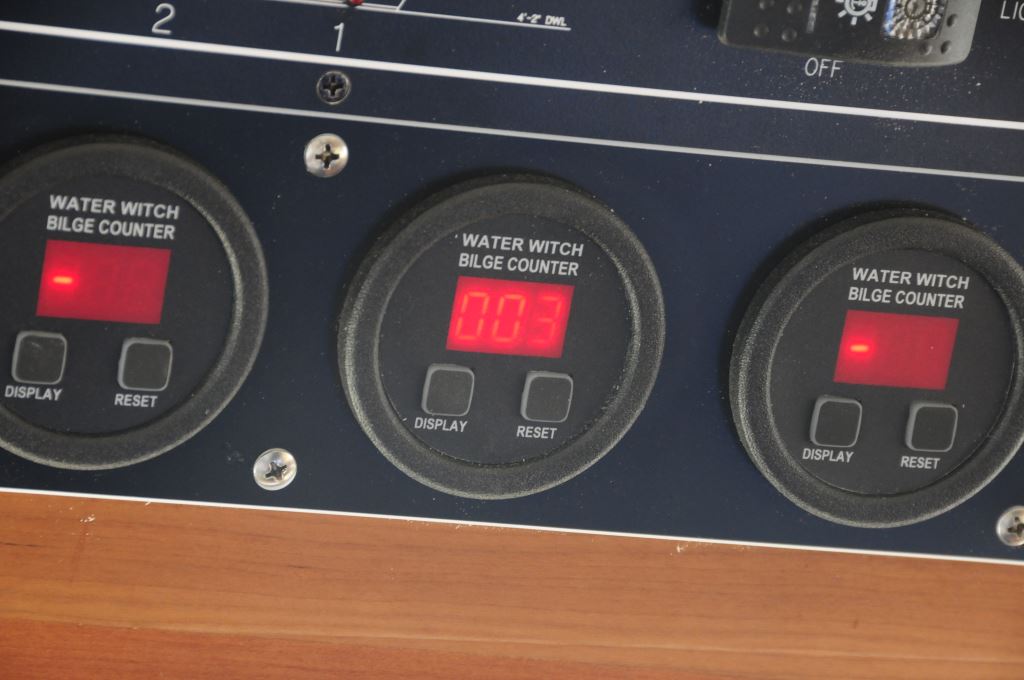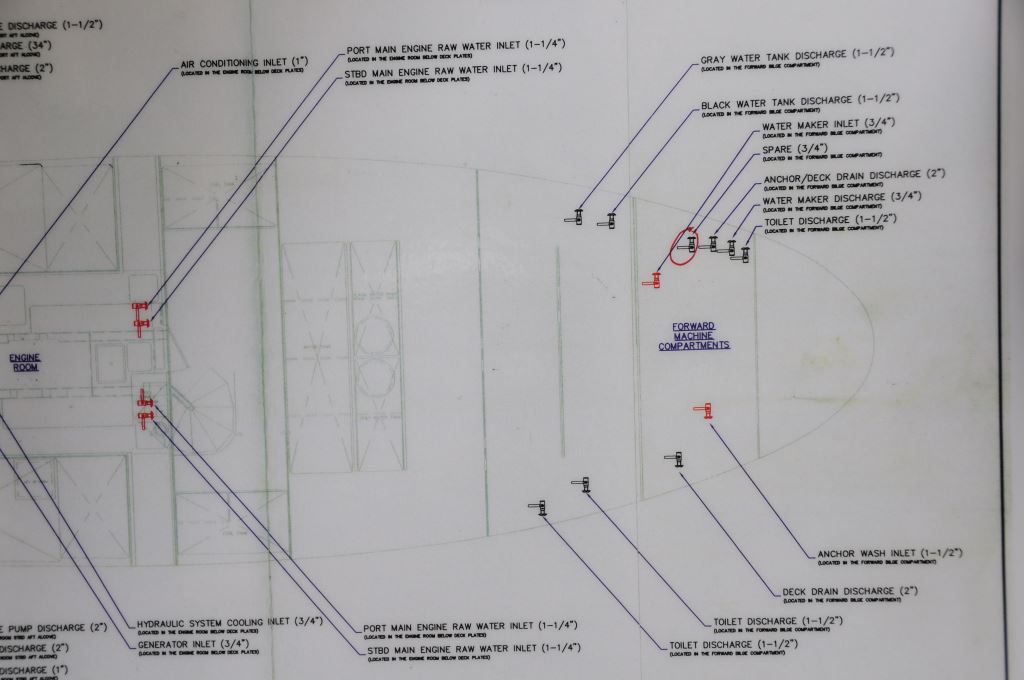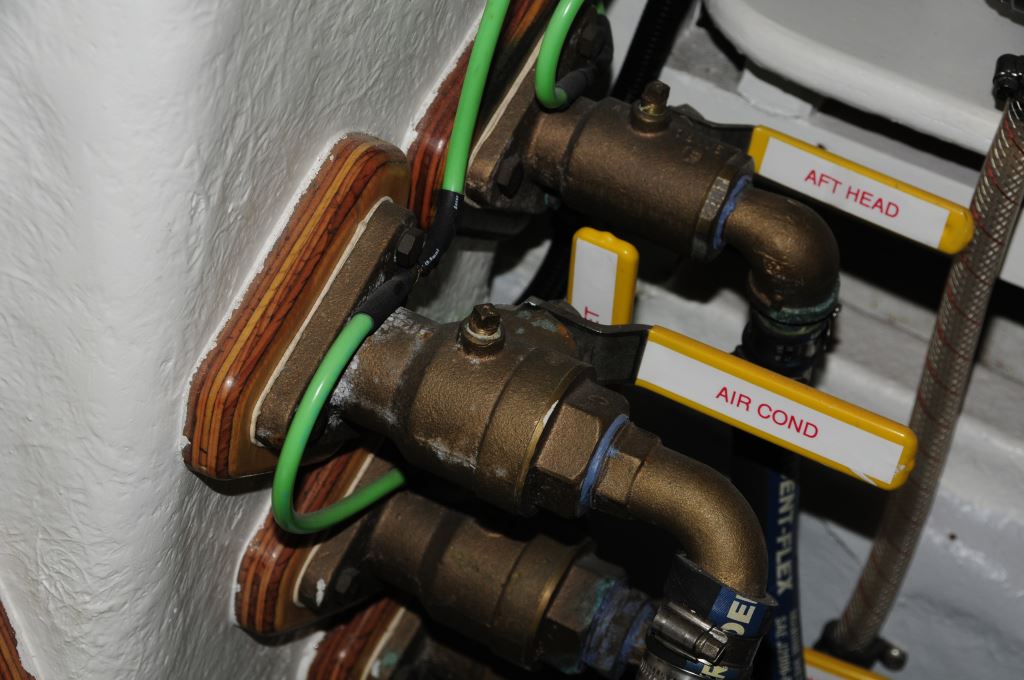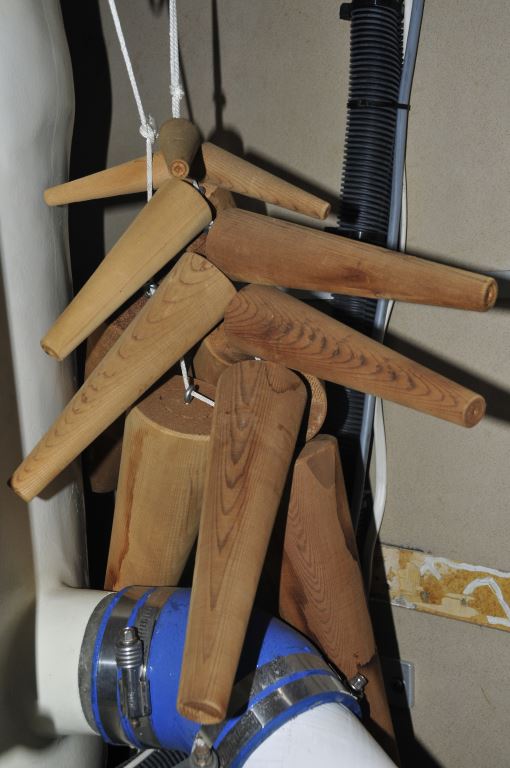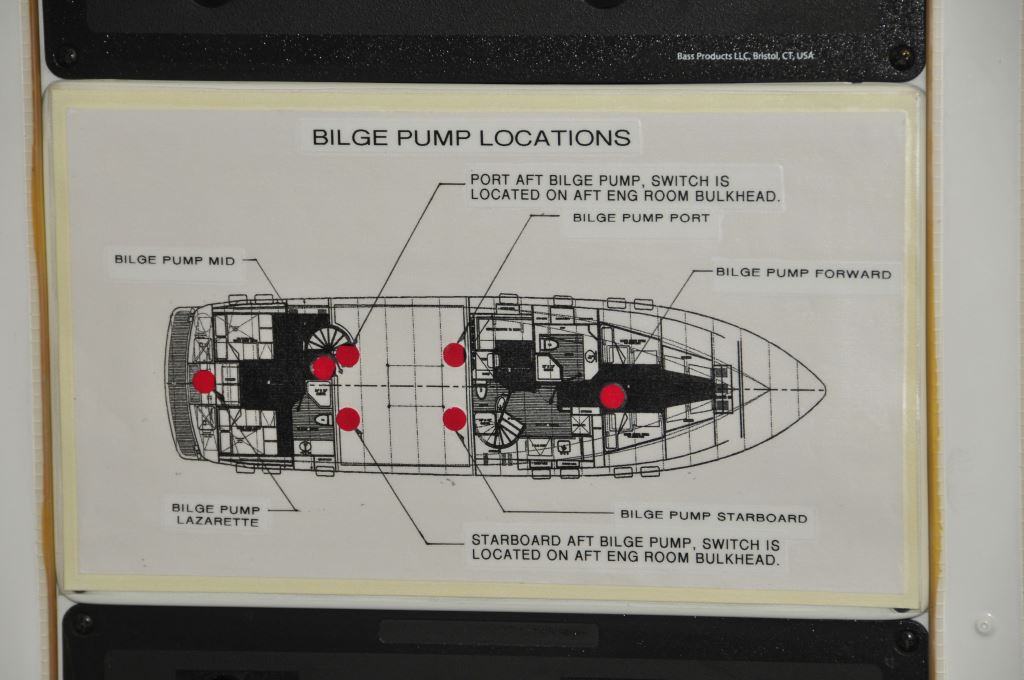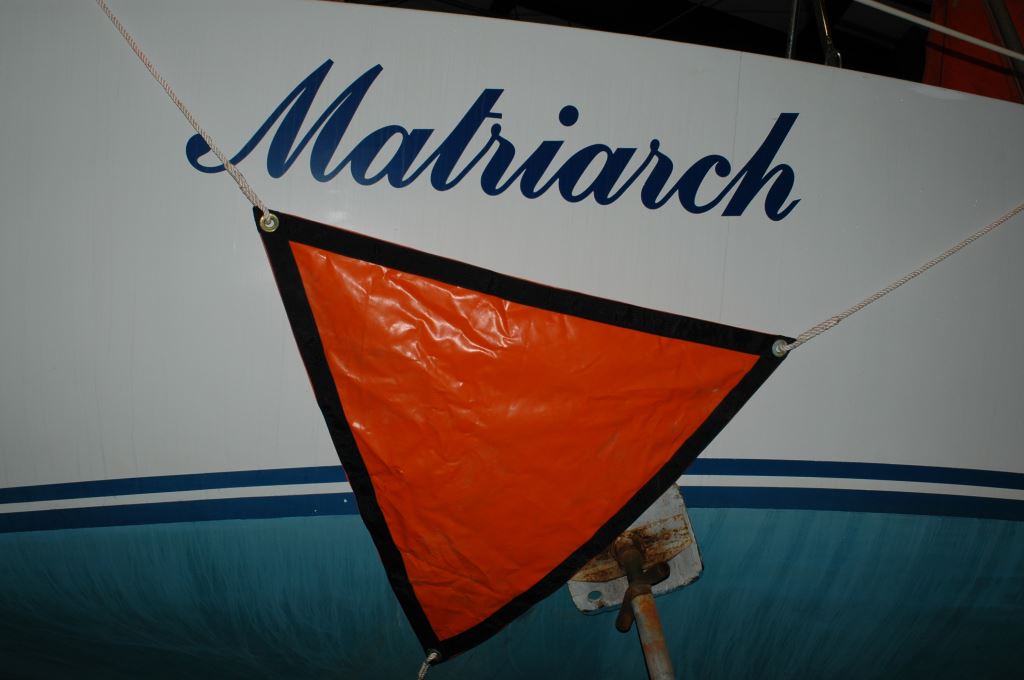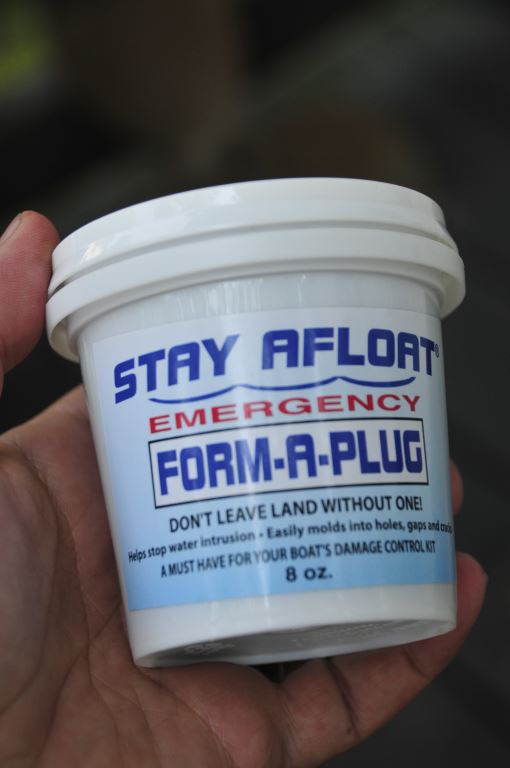Feature Article: Anatomy of a Sinking – Editorial: Delivery Delayed
From the Masthead
It’s not uncommon for new vessels to be late, in fact it is unfortunately the norm. I frequently remind my clients not to make significant or complex plans around a delivery date that is often months, or even years away. During, or as a result of, the pandemic, virtually all of my new build projects were late, some over a year. While some delays are avoidable, others, like pandemics, are unpredictable. Hope for the best, but assume the boat will be late, and you won’t be as disappointed.
Having said that, it’s a message I’ve heard delivered, by boat builders, brokers, and sales staff, on far too many occasions, “The delivery will be X months late, but once you have the boat it will be great, and you’ll forget all about this”. While it may be natural for sales folks to downplay bad news, doing so in a case like this is both dismissive and disrespectful. Minimizing the impact of a broken promise is always a recipe for disaster. Savvy builders, dealers and brokers understand the importance of maintaining trust with their customers, and toward that end they follow a handful of rules.
- Deliver bad news as soon as possible.
- Never wait for a customer to contact you to give them a, “the boat will be late” or any other bad news, messages. If you wait for them to ask, you’ve lost the professional high ground.
- Validate their concerns and disappointments, never be dismissive and never use the words, “you’ll forget”, that’s up to them to decide.
Long ago, in my budding days as a boat yard manager, I once (in hindsight foolishly) dismissed a customer’s deep disappointment regarding the news that his boat would be two weeks late. As a 30 something I simply couldn’t understand how two weeks could be that important. As I grew older, gaining both experience and wisdom, I began to better understand this issue, particularly for those who were older, and had fewer days to look forward to on the water, and had dealt with potentially life-threatening illnesses. After becoming a consultant, I worked with a client who had overcome cancer, and not just any cancer but pancreatic cancer; to him every single day was precious, and even more precious were days spent aboard his beloved boat. When his builder told him his new boat would be months late, he was apoplectic, and I understood and empathized with that pain and disappointment, and if you are in the business, you should too.
This month’s Marine Systems Excellence eMagazine article covers lessons learned from a mid-ocean sinking. I hope you find it both interesting and useful.
Anatomy of a Sinking
Are you prepared to contend with a hull breach, and flooding? Think it through, create a plan and have the necessary tools aboard for this possibility.
In 2017, a story about the sinking of a 56-foot center cockpit sloop made the rounds in the sailing community and in at least one national sailing magazine. I read it with great interest, and like every tale of a foundering, I reflected on the lessons that could be learned. This commentary is in no way intended to denigrate the owner or crew of this vessel, it is purely intended as constructive criticism, from which I hope others can learn.
High water alarm floats should be placed to give the earliest possible indication of abnormal bilge water levels. Both of these are too high.
High Water
Several details struck me, the most important being the high-water alarm, if present, didn’t sound (functioning high water alarms are a requirement for ABYC compliance). High-water alarms are one of the first lines of defense in such a scenario. Many of the alarm switches I encounter are located far too high; the intention of such an alarm is to give as much notice as possible to the crew, about water accumulation that is above “normal”; for many modern vessels “normal” may be no water at all.
High water alarms can be a life saver, literally, but not if they are muted, as this one is. These switches should be protected to prevent them from being placed into mute accidentally.
Alarm switches should be mounted no more than 2 inches above bilge pump float switches. Additionally, whenever a bilge pump runs, it should be accompanied by the illumination of an indicator light, one that can be seen at the helm/nav station as well as the in the cockpit for sailing vessels. Some vessels include an audible indicator as well, not necessarily an alarm, but a chirp or soft buzzer, something that will tell the crew the pump is running without waking the off watch. More on high water alarms here.
Paddle type switches are very easy to inadvertently turn off by accident, if you have this arrangement, they should be covered.
Bilge pump capacity is like fire extinguishers, you never can have too much. There should be a submersible pump in each bilge compartment, and overall capacity should be no less than 100 gallons per hour per overall foot of vessel length, i.e., a 45-foot vessel should have at least 4,500 GPH worth of pump capacity. Pumps, float switches and high-water alarms can only be properly tested by one means, filling bilges with water and observing the results; pumps that ‘run’ do not necessarily pump water, and thus the only reliable test is to add water to the bilge, which tests the float switch, the high water alarm and the pump.
Bilge pump capacity and function should be tested often; this means actually adding water to the bilge, having it trigger both he high water alarm and pump switch, and allowing the pump to evacuate the water.
Additionally, it’s not uncommon for check valves commonly used in bilge pump discharge hoses to seize in the closed position. In that case, the pump will run, it will even agitate the water around it, however, it will not pump water. More on bilge pump systems here and here.
Bilge pump counters were once common, however, today’s bilges tend to be dryer. Never the less, they are valuable for identifying chronic leakage.
Seacocks
The crew of the stricken vessel searched for the source of the water ingress with no success, so they wisely shut all the below the waterline seacocks. The owner had posted a diagram showing the location, however, it was noted the font indicating locations was very small. Not only should this be as clear as possible, each seacock and hull penetration on the chart should be clearly identified, so it’s clear none have been missed in a scenario such as this.
Seacocks should be accessible, without the need for tools, clearly labeled, and a “map” posted.
If seacocks are located in less than obvious locations, under berths, or false bottoms in lockers, the exterior of those spaces should be clearly marked to indicate a seacock is hidden within. Under no circumstances should it be necessary to use tools to access a seacock, and ideally mountains of gear or stores should not impede access to these.
A cedar (not teak) plug at every seacock? The author not a believer in this approach, it makes for unnecessary clutter, but by all means have a few aboard.
Damage Control
Bilges should be accessible for inspection. Hatches should be latched in place, but not screwed down. Racing vessels often represent some measure of organized chaos below, with a lot of souls, personal gear, vessel gear, and emergency gear layered into every storage space. Never the less, an effort should be made to keep access to bilge spaces clear and reasonably accessible, reasonably quickly, and this includes keel fasteners.
You, and those aboard, should know where bilge pumps are located. If there’s flooding, those pumps will need to be checked and very likely cleared of debris.
If a vessel begins to take on water after striking an object, it stands to reason that the damage is forward, if not the hull itself then a transducer perhaps. Regardless, if the ingress cannot be quickly identified, a fothering patch can buy time while the problem is dealt with. These are inexpensive and easy to use provided conditions are moderately calm, and in this case they were.
A fothering patch can be used to stem the flow of water, through hull damage from the outside. These can be challenging to use in anything other than calm conditions.
While the likelihood of such an event is thankfully low, it never the less pays to be prepared. Test your pumps and high-water alarm regularly, and make certain your damage control kit includes a fothering patch.
Your damage control kit should include a supply of something that can be used to patch small holes. Toilet bowl wax rings work, too.
More on damage control here.

